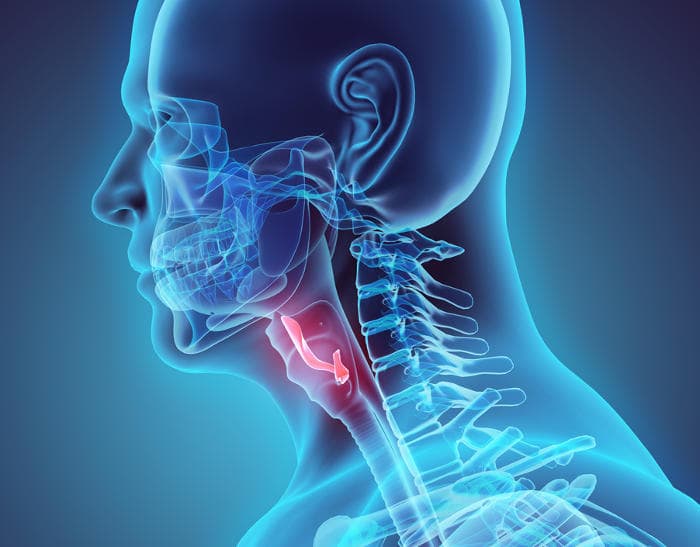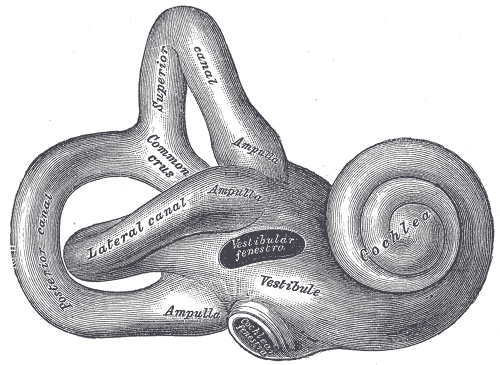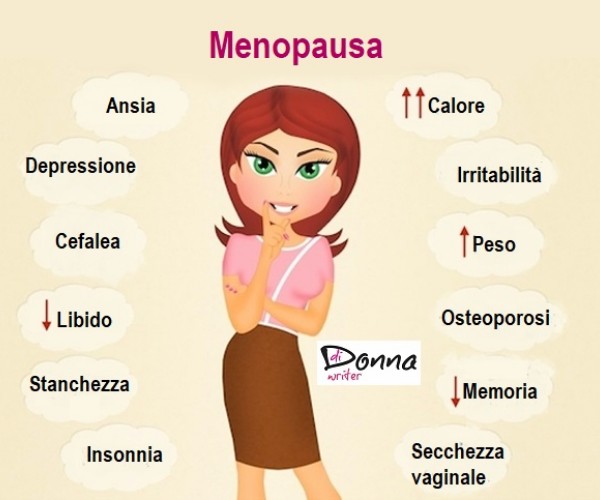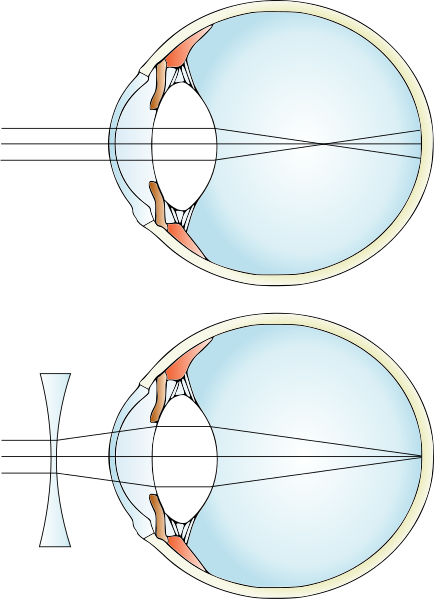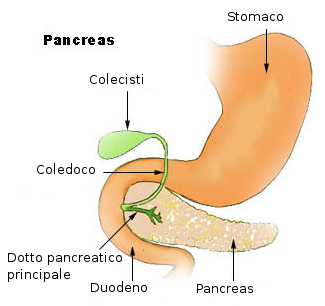Before introducing the concept of advocacy, a brief historical and legislative discussion is necessary for an overview of the evolution of midwifery. Article 1, of the Midwife Code of Ethics, approved in June 2010, and revised in July 2014, reads:
“A midwife is the licensed health professional responsible for obstetric, gynecological and neonatal care; her practice is based on the freedom and independence of the profession.”
But how has this professional figure evolved throughout history? How did it come about, from considering it “a craft,” to considering it, a “scientific profession”? The origins of the midwifery art can be found in a woman’s need for help at the time of childbirth. Since childbirth is an important moment in an individual’s life, it was believed for a certain period of history to be influenced by magical rites and practices, just as all important moments in life were in ancient times. The term that was associated with this figure, in Egyptian civilization, but also in ancient Greece and ancient Rome was that of “midwife.” Roman obstetrics presented considerable progress in comparison with Greek obstetrics; in it, natural childbirth was favored, and, for centuries, doctors’ attention to childbirth was only theoretical. In the early Middle Ages, particularly during the period of the Reformation and Counter-Reformation, this figure, was seen as being associated with a range of practices that could induce evil spells and witchcraft. The gradual intervention of men in the history of childbirth, beginning in the 16th-17th centuries, marked the introduction of the use of “forceps,” first applied in 1670, by its inventor Chamberlen. Soon, its use was associated with serious abuse, given the enormous frequency of its application. But it was in the second half of the 18th century that the great development of the French School of Midwifery began. In it, two orientations were contrasted:
- A naturalistic conception of childbirth, which considered it, a physiological and natural event;
- A mechanical conception of childbirth.
In Florence, Italy, Obstetrics was originally taught by the so-called “Women’s Surgeons.” In later years the separation between the practical and theoretical parts of teaching was maintained, but in the 500′ anatomical models made of wax or ivory began to be used for direct observation of phenomena with a scientific approach. This passage, marked an academic characterization of childbirth, so the need for places that would allow, to gather birthing women to give doctors a way to learn, by experimenting, took hold. Therefore, so-called “Maternities” became widespread, which during the 1800s were located in large hospitals in cities. Toward the end of the 1800s, “scientist” physicians began to establish themselves, making obstetrics a scientific discipline.
In the 20th century, although most women practiced home birth, there was a slow progression of hospitalization. The midwife’s role also changed considerably, becoming an auxiliary to the physician, albeit with limited responsibility. Professional growth, it was associated with, a “subordination” to the medical model. This brief historical discussion provides an insight into how in the first instance this figure was linked to an unprofessional conception, understood as a “trade,” for the exercise of which forms of “apprenticeship” were considered sufficient, where the acquisition of operational skills was fundamental.
This type of knowledge did not constitute a scientific form of knowledge but rather,
derived from experience, including strictly personal experience. Over the years, there has been a shift from semi-professionalism to professionalism. But this transition occurred over time and with the enactment of laws and ministerial decrees. In this regard, Article 1, paragraph 4, DM 740/1994, states:
“The midwife contributes to the training of support staff and directly contributes to continuing education related to their professional profile and research.”
Law 26.2. 1999 No. 42, in Article 1, paragraph 1, replaces the name “auxiliary health profession” with “intellectual professional.” This defines an autonomous area of competence for the midwife as a professional, with full responsibility.
Law 251/2000, in Article 1, gives professional autonomy to practitioners
Of health professions in the area of nursing and midwifery health professions. Following the enactment of these decrees, with the establishment of the Degree Course in 2000, the midwife/ midwife, in addition to, entering by right into the group of intellectual professions with its own operational autonomy, has seen recognized, its knowledge in a discipline to which a scientific status is associated, organized in a “systematic body of theory.”
Legislative Decree 206/2007, Article 48, paragraph 2, pertains to the practice of the professional activities of
midwife(s), and asserts that these figures are authorized to practice the following activities:
– Provide good information and give advice regarding family planning issues;
– ascertain and thereafter, monitor pregnancy diagnosed as normal by a person licensed to practice medicine;
– Carry out the necessary examinations to monitor the development of normal pregnancy;
– Prescribe ancillary tests for the earliest possible diagnosis of at-risk pregnancy.
The word obstetrix comes from the Latin word obstetrix, which means to stand in front. The English word, Midwife, literally “she who is with the woman,” recognizes the uniqueness of this health profession from others. From this conception, we derive the model of Midwifery, i.e., the science of caring for the person (woman, couple, fetus/infant, family, community) within the natural events of the stages of the sexual cycle–birth, puberty, childbearing and puerperium, and menopause.
In this regard, in Article 3.2. Of the midwife code, they say:
“the midwife/ midwife is committed to ensuring continuity of care by accompanying and caring for the woman, the couple, and the unborn child, during pregnancy, labor, delivery, and the puerperium, in order to ensure the overall health of those cared for.”
In the exercise of this activity, health promotion becomes essential, trying to bring out the skills people possess to increase control over it and to improve it. It is in this context of change and assertion of autonomy that we believe the concept of advocacy, within this profession, can be spread.
We imagine, for example, that the simple function of midwife/ midwife, as a means of transmitting information and knowledge, could also manifest itself in contributing, by informing, to the continuity of care after childbirth, with evaluation and re-education of the perineum, with provision of counseling and support for breastfeeding, or through the dissemination of information for the practice of infant massage or possible contraception to be applied.
Ethics of responsibility
Article 2.1 reads:
The midwife provides care while respecting the dignity and freedom of the person by promoting his or her awareness according to ethical, religious, cultural values, as well as, social conditions in the exclusive safeguarding of the health of his or her caregivers.
Article 2.2 reads:
The midwife’s behavior is based on respect for universal human rights, the principles of clinical ethics and the ethical principles of the profession. That said, we believe, the ethical concepts on which ethical decision-making by midwives is based are:
- competence;
- cooperation;
- caring;
- advocacy.
But in practice, what does it mean to engage in ethical and responsible behavior? Starting with etymology, ethos from the Greek means behavior; responsible comes from the Latin respondeo, and means to respond. Thus, responsible ethics manifests itself in behavior that is accountable to someone or something, in the midwife’s case, to the patient or as we shall see later, more generally to the community.
Advocacy – But what is it?
In the legal context, the term advocacy refers to the defense of primary human rights on behalf of those who are unable to do so for themselves. But the term advocacy is also used to describe the nature of the relationship between the health professional and the patient. Ultimately it can be defined as “the active support given to an important cause.” Advocacy is among the four concepts underpinning ethical decision-making by midwives. There are numerous definitions and as many interpretations of this concept in the literature. This term appeared in Anglo-Saxon languages, on the world stage, and is included in numerous codes of ethics including that of nurses. The most common interpretation of this concept goes back to the description that considers it the philosophical foundation of the relationship with the patient. Other authors state that advocacy means: “support for the patient in all care situations, to secure the patient’s rights and interests in a sincere partnership, where health pr)fessionals, see the patient as a true friend.” This definition highlights a double contradiction, first, it is not established that a friend can act in the best interest of the patient, and second, this definition extremes the paternalistic view of the concept of advocacy. There are those, on the other hand, who go beyond the paternalistic conception of advocacy and rejoin it to a more holistic view marked by a sociopolitical activity to be carried out by midwives in the various care settings.
Four main models of advocacy emerge in the literature:
- The advocacy model for the preservation of the patient’s best interests.
- The advocacy model for respecting patients’ human rights.
- The Advocacy Model for Respecting Patient Autonomy.
- The advocacy model for social justice to all patients.
- The advocacy model for the preservation of the patient’s best interests
It is the advocacy model characterized by the practitioner acting for the good of the patient, with benevolent paternalism. In this model the midwife is a faithful executor of medical decisions and not an autonomous professional with her own field of responsibility and where the good patient is the obedient one. But this kind of approach leaves open two big questions:
- Who can tell what decisions are right for the patient?
- Is the patient’s right to self-determination respected?
This model moves on a dyadic health worker-patient relationship and not holistic and extended to the community. Its application must be superseded by new conceptions and remodeling and code updates.
-
The advocacy model for respecting patients’ human rights
In this model of advocacy, the practitioner is conceived as a “facilitator,” an “informational trainer” who acts in the disinterested interest of the patient, to inform him about his basic human rights; but this act, is not yet situated in the facilitation and facilitation of the patient’s autonomous exercise of choice. This model still moves on a dyadic setting.
-
The advocacy model for respecting patient autonomy
The midwife’s action is focused on the autonomy of the caregiver; in fact, Article 3.10 states:
“The midwife/ midwife outside of cases, of emergency/urgency, before undertaking on the person any professional act, ensures adequate information in order to obtain informed consent, based on a true therapeutic alliance with the person.”
This advocacy model has been identified as a foundation that characterizes nursing and differentiates it from other health professions. Some authors have identified advocacy as something based on the principle of self-determination, which is the best of basic human rights. In this context, the “core” of each act of this advocacy model is to support the individual to become aware of his or her own health values and desires through a process of self-examination. This conception of advocacy becomes a particular test case for the midwife/ midwife, who is confronted with patients, the infants, who are silent and whose values are inaccessible, or who are unable to express their wishes, so that they are given respect. An example of the application of this model in a nursery, could be that of the midwife(s) who in caring for the dignity of the infants, shows them respect by shielding the little ones from the curious eyes of people who want to see them, often insistently, especially those born prematurely. Midwives have often been described as “baby advocates” and “surrogate mothers,” but they often seriously disagree on issues related to nontreatment situations. For example, in the case of caring for a dying child who continues to receive assisted ventilation, midwives can advocate for withdrawal of life support. Some authors have found that because of their close relationship with infants’ responses, these professionals, often reach decisions before physicians and parents. When considering midwives, one must keep in mind that children, that is, the main object of their care, are in the process of development and are about to become individuals whose potential is reached over time. It is this potential that often motivates them to act as “advocates” in representation, hoping that the child will develop and live a quality life. Midwives use their previous clinical care experiences to identify circumstances in which they perceive advocacy to be appropriate. For example, protecting an infant from multiple examinations allows the child to self-regulate behavior, thus avoiding, physiological instability. Because the child is part of the family unit, relationships can also develop between midwives and the families of newborns. In this approach, the ethics of care is an ideal that enhances the experience of individuals whose human values may change with illness and who may need help clarifying changes over time. When midwives are involved in supporting parents through their children’s illness, suffering and death, moving between decisions regarding their treatments and their future, they can serve as their existential “advocates.” But in gynecological and neonatal application settings, there is a fine line between advocacy and paternalism, particularly when patients, such as babies, cannot speak. It becomes useful in such contexts, therefore, the application of a holistic approach to be taken to clarify the family’s wishes and needs in order to effectively support newborns, thereby clarifying this fine line on the borderline between paternalism and advocacy.
The relationships established between the family and the midwife are in a relationship of mutual aid, as each strives for what they see as the best interest for the patient, on the part of the practitioner, and for the child, on the part of the families. If midwives are to be patient representatives, they need to have a broad understanding of their patients and their families. These practitioners often know what is best for their patients from a clinical perspective, but their knowledge may not extend into the realm of patients’ values. However, when they have developed caring relationships with their patients and families, then they can provide unique insights into their values. They can be placed in situations where they receive information from families, which in turn gives them the confidence to speak for them. Advocacy in midwifery includes both acting in the best interest of the child and facilitating the adult in the process of self-advocacy, thereby upholding the differing ethical principles of autonomy and best interest. The representation of the parents’ and baby’s views are also crucial in the role of such gynecological and neonatal care.
-
The advocacy model for social justice for all patients
Bu and Jezewski (2007) identify three main attributes of advocacy:
- Preservation of patient autonomy;
- action on behalf of patients who are unable to act on their own;
- defense of social justice.
The first two attributes focus on advocacy at the level of the individual patient, the type of advocacy most often discussed in the literature, and most familiar to frontline health workers (Bu and Jezewski, 2007; Spenceley, Reutter, & Allen, 2006).
In North America, a long history pertaining to the third attribute described by Bu and Jezewski is widespread: advocating for social justice with the goal of improving population health (Ballou, 2000). In the past century, midwives have mostly been a silent political group. But in recent years, scholars have begun to bring social justice back into the mainstream of caregiving discourse, encouraging people to engage in social justice work and pushing for advocacy that moves beyond the bedside and outside the walls of the institutions in which most midwives work. To best understand the concept of advocacy in social justice Butterfield (2002) refers to a parable to contrast traditional practice with practice rooted in social justice advocacy.
In this parable,individuals “upstream” fall into a river, while people work frantically “downstream” to try to save these people from drowning. One of the rescuers realizes the inadequacy of their efforts and asks his fellow rescuers to accompany him “upstream” to determine and address the factors contributing to people falling into the river so that further drownings can be prevented. Butterfield refers to this parable for nursing practice, describing how individuals are exposed to disease-inducing environmental conditions, i.e., the environments and lifestyles of the “upstream” parable, while midwives, following a less holistic and more individual perspective focused on the exclusive relationship with the patient, have often focused “downstream” by trying to save (cure, treat and manage) those who are already sick. An example may be clarifying: consider the case of an expectant mother with diabetes who is readmitted to the hospital with symptomatic hyperglycemia for the third time in a limited period of time. The admission evaluation finds that this patient is irregular in taking her medications, does not follow a diabetic diet, and does not exercise regularly. If context is not taken into account in the care of this patient, the chances are that she will be labeled as nonadherent to care. Medical interventions in the hospital will provide short-term resolution for hyperglycemia; the patient will be discharged and will likely be readmitted in a few months with the same problem. However, this patient’s behaviors take on a different dimension when examined from the perspective of social justice.
When the socioeconomic context is examined, this broadening of perspectives results in the patient lacking sufficient financial resources to pay for all her medications and consequently being forced to ration them. His limited income precludes the purchase of fresh food so he will feed himself on carbohydrates. Furthermore, it will be discovered that this patient, in order to find housing within her means, had to move to a neighborhood she describes as “crime-dominated.” He reports that he does not engage in physical activity outside his home because he fears for his personal safety. Viewed from an “upstream” perspective, this patient’s behaviors are “not adherent” to compliance. Rather, they are a product of its social and economic conditions. If the main causes of this patient’s hyperglycemia i.e., insufficient financial resources and unsafe living conditions, are not addressed, the likely outcome will continue in exacerbations that will be costly for both the patient and health care. According to Butterfield (2002), an individual “downstream” approach toward health can also promote, a mindset tending toward victim blaming, because illness is attributed to individual (often behavioral) factors rather than to a social, economic, political and environmental context in which these behaviors exist. On the contrary, according to Spenceley et al., (2006), practice applied “upstream,” recognizes that the potential for health is embedded in social, economic, and political systems; recognizes that the outcome of health are intrinsically linked to these systems and seeks to address health issues by pushing for broader systemic change. According to this model of advocacy conceived as social justice, the goal being pursued is focused on a community level, transcending the boundaries of the individual relationship between health care provider and care recipient. It follows, then, that for both assessment and intervention, of the midwife/ midwife, it will be necessary to consider not only the individual patient and his or her immediate needs, but also the context in which individuals live, which develops their opportunities for health and well-being. This type of practice, termed “upstream,” transcends traditional notions of care rooted in the individual midwife/patient relationship and expands care to the community and population with the goal of improving the health of the individual by improving the health of society at large (Bekemeier, 2008). Such a model of social justice advocacy invites work aligning “what is” with “what should be,” becoming engaged in social and political issues that affect community and societal health (Bu Bu & Jezewski, 2007).
Although professional codes define social justice advocacy as an expectation of practice, it is evident from the literature that in the practice of most midwives, this commitment is in its infancy. Professional colleges and associations therefore have a special responsibility to unite with citizens by embracing advocacy for social justice through evidence-based goals.
Source: ” Mediserve‘s Intrapartum Care Models,” by Vittorio Artiola, Simona Novi, Salvatore Paribello, Ferdinando Pellegrino, Giuseppina Piacente, Andrea Vettori



